We are at the visible end of a difficult time for the world at large — the Covid-19 pandemic. Workplaces and their management changed hugely during this period. Now while big-wig companies like Google and Microsoft are allowing their employees to work from the office for 2-3 days per week, they also permit those who prefer it to work solely from home.
After over a year of remote work, this seems to be a reasonable attempt at a shift into a middle-ground office space. But it conceals the disasters underneath that are waiting to strike:
- A logistic nightmare: Managers will find it difficult to get hold of everyone as all meetings will have to be scheduled.
- Possible micromanagement: According to Gartner, about 75% of office conversations will be recorded by 2025. It’s common knowledge that many managers (80% according to ExpressVPN) already utilize software to “track employee performance and/or online activity”. Yikes!
- Remote workers might feel left out: While the ones coming into the office form close bonds, remote workers could feel omitted. This could lead to resentment down the line which in turn might push them to change jobs.
- The great resignation: This phenomenon is already catching up with a Microsoft study of 30000 global workers suggesting that 41% are thinking of quitting or changing their jobs in 2021.
- Pay issues: A worker in a high-taxes area will be paid the same as someone in a low-taxes area. This will lead to obvious resentment.
While these are not the only problems with this hybrid model, they are the major one’s managers and top leadership will have to watch out for to retain happy talent.
General Motors’ CEO Mary Barra and senior GM leaders conveyed a simple approach to their employees regarding their return to the offices (or not thereof): Work appropriately. They effectively removed the fluff around the remote work policy as stated by Laura Jones, GM’s Global Talent Director: “It is not about a policy or a one-size-fits-all approach”.
How do we “work appropriately”?
According to GM’s model, the flexible policy will depend on the employee, the workweek, and the project. GM first conducted several surveys to understand what their employees understood to be a reasonable and workable work schedule once things got back on track after the coronavirus pandemic.
The result of those surveys materialized into a policy that aimed to evolve the work culture for everyone — not just the ones working remotely but even the in-office workers. They followed this up with education for their managers — 52 workshops for 1,100 company leaders to lay out its remote work initiative. Each manager is supposed to work out an appropriate work schedule with their team.
The different flavors of hybrid work
While there are different combinations and permutations of in-office and remote work percentages a company can eventually adopt, being clear about terminology is critical to model success.
- Office-centric and fully-flexible are common hybrid models.
- A remote-friendly model allows top remote talent to work from their homes while majority of the others are required to come into the office.
- Hybrid remote-office is offered by companies like HubSpot where employees are given a menu of options between remote and in-office work.
- Remote-first is being adopted by many mid-size companies; employees here work remotely by default.
Simply surveying employees might not be the only solution but leaders will have to think ahead and collect data to gauge how employees feel about the model. Some big companies are creatively charting the way for the future of work
- Target is downsizing and allowing some employees to work remotely while parsing others between different office locations, rather than using a single main office base.
- Lockheed Martin managers had to train for 20 hours to lead employees post-pandemic with 45% of the workforce going remote.
- E-commerce giant Amazon couldn’t be far behind having shifted from an office-centric hybrid to laying a 3 office days per week rule. Individual teams are also allowed to decide what’s best for them to foster invention.
The differentiator
When all is said and done, getting the team to agree on how this model would perform is a key element to success. According to Gallup’s State of the Global Workplace 2021 Report, workers in the U.S. and Canada reported the highest rate of daily stress in the world in 2020.
The tumultuous changes brought about by the global pandemic have had far-reaching effects on the world’s workforce — psychological effects that are not immediately evident. It is important more than ever for managers to focus on employee engagement and optimize their organization.



